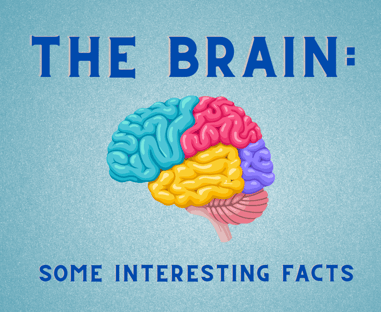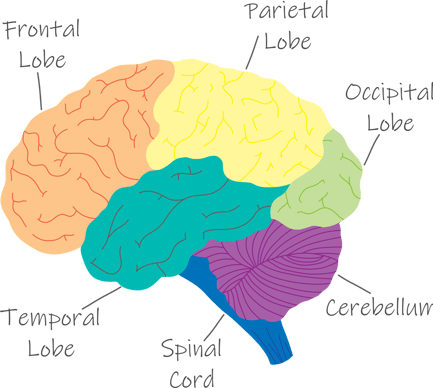The Brain : Some Interesting Facts
A quick overview of some facts about the brain
Did you know that the average brain weighs about 1.5kgs (or 3lbs in old money), and its texture is like blancmange...😋😋. It is approximately 60% fat, and the other 40% is made up of water, protein, carbohydrates and salts.
The brain is divided into two halves or hemispheres. The right hemisphere controls the left side of the body, and the left half contains the right side of the body. The two halves communicate through the corpus callosum, which sits at the brain's centre.
There are four regions, known as lobes, within the brain, and each has a unique function as discussed below.


Frontal lobe:
The most prominent lobe of the brain and often referred to as the conductor of the brain. It involves attention, memory, speech, problem-solving, decision making and personality characteristics. These are just a few examples.
Parietal lobe:
The middle part of the brain. It helps a person to identify objects and understand spatial relationships. The parietal lobe is also involved in interpreting our senses, such as pain, vision and touch in the body.
Occipital lobe.
The occipital lobe is right at the back of the brain. It is involved with visual processing.
Temporal lobe:
The sides of the brain, behind your ears. It involves speech, short-term memory, musical rhythm and some degree of smell recognition.


We used to think these lobes worked independently and then passed the information onto the frontal lobe. Now we understand that all these lobes work together in a loop so that all information can be gathered and interpreted by the best means possible before an action is performed by the body or mind.
The brain is fascinating, and there is still so much we don't know about it. I hope you feel that you've learnt something today. I plan to discuss each lobe in more depth over the coming weeks, so watch this space.
